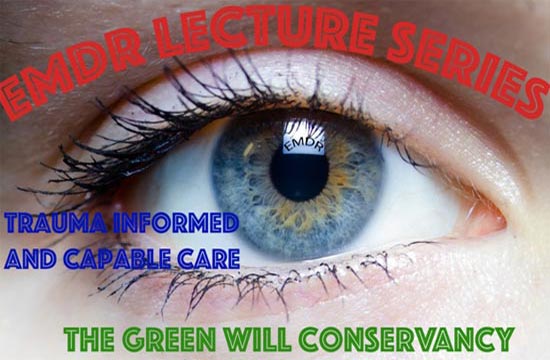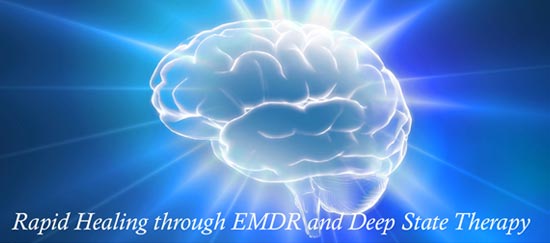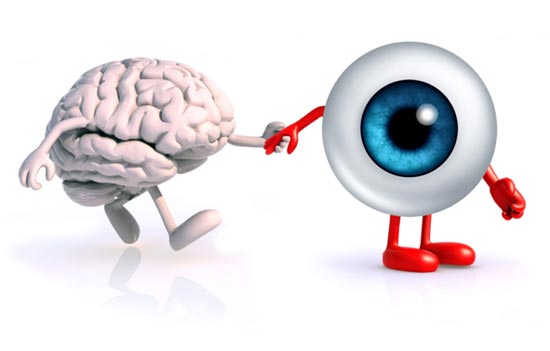EMDR Theraphy

EMDR therapy involves attention to three time periods: the past, present, and future. Focus is given to past disturbing memories and related events. Also, it is given to current situations that cause distress, and to developing the skills and attitudes needed for positive future actions. With EMDR therapy, these items are addressed using an eight-phase treatment approach.

Phase 1: The first phase is a history-taking session(s). The therapist assesses the client’s readiness and develops a treatment plan. Client and therapist identify possible targets for EMDR processing. These include distressing memories and current situations that cause emotional distress. Other targets may include related incidents in the past. Emphasis is placed on the development of specific skills and behaviors that will be needed by the client in future situations.
Initial EMDR processing may be directed to childhood events rather than to adult onset stressors or the identified critical incident if the client had a problematic childhood. Clients generally gain insight on their situations, the emotional distress resolves and they start to change their behaviors. The length of treatment depends upon the number of traumas and the age of PTSD onset. Generally, those with single event adult onset trauma can be successfully treated in under 5 hours. Multiple trauma victims may require a longer treatment time.

Phase 2: During the second phase of treatment, the therapist ensures that the client has several different ways of handling emotional distress. The therapist may teach the client a variety of imagery and stress reduction techniques the client can use during and between sessions. A goal of EMDR therapy is to produce rapid and effective change while the client maintains equilibrium during and between sessions.

Phases 3-6: In phases three to six, a target is identified and processed using EMDR therapy procedures. These involve the client identifying three things:
1. The vivid visual image related to the memory
2. A negative belief about self
3. Related emotions and body sensations.
In addition, the client identifies a positive belief. The therapist helps the client rate the positive belief as well as the intensity of the negative emotions. After this, the client is instructed to focus on the image, negative thought, and body sensations while simultaneously engaging in EMDR processing using sets of bilateral stimulation. These sets may include eye movements, taps, or tones. The type and length of these sets is different for each client. At this point, the EMDR client is instructed to just notice whatever spontaneously happens.

After each set of stimulation, the clinician instructs the client to let his/her mind go blank and to notice whatever thought, feeling, image, memory, or sensation comes to mind. Depending upon the client’s report, the clinician will choose the next focus of attention. These repeated sets with directed focused attention occur numerous times throughout the session. If the client becomes distressed or has difficulty in progressing, the therapist follows established procedures to help the client get back on track.

When the client reports no distress related to the targeted memory, (s)he is asked to think of the preferred positive belief that was identified at the beginning of the session. At this time, the client may adjust the positive belief if necessary, and then focus on it during the next set of distressing events.

Phase 7: In phase seven, closure, the therapist asks the client to keep a log during the week. The log should document any related material that may arise. It serves to remind the client of the self-calming activities that were mastered in phase two.
Phase 8: The next session begins with phase eight. Phase eight consists of examining the progress made thus far. The EMDR treatment processes all related historical events, current incidents that elicit distress, and future events that will require different responses
